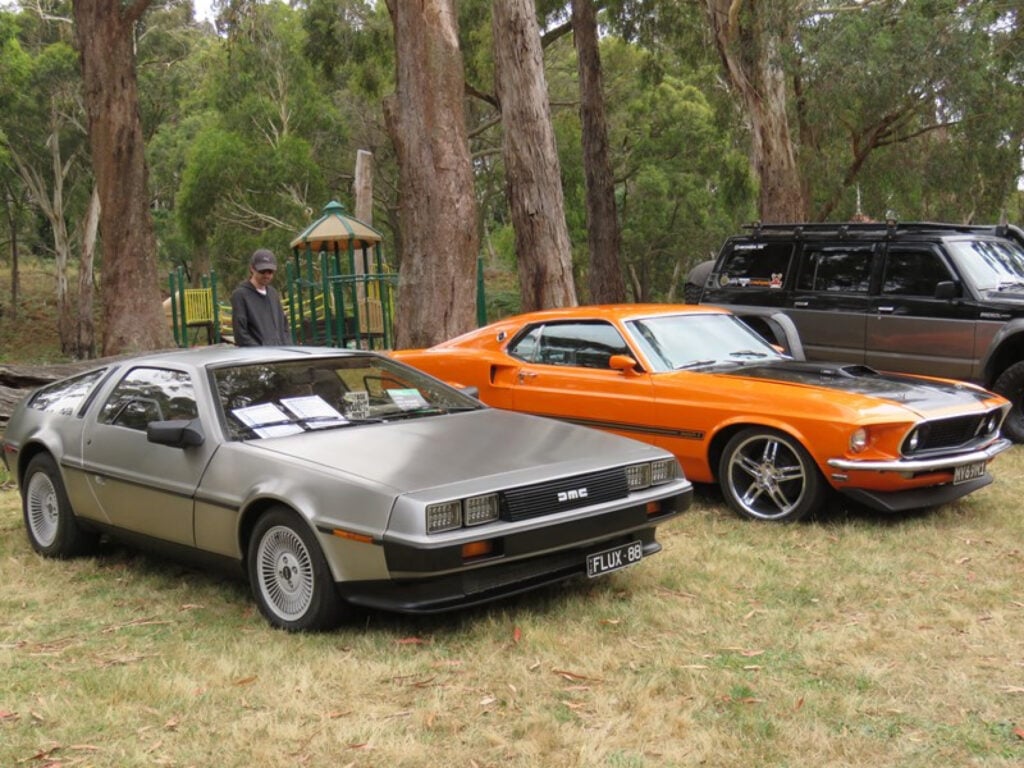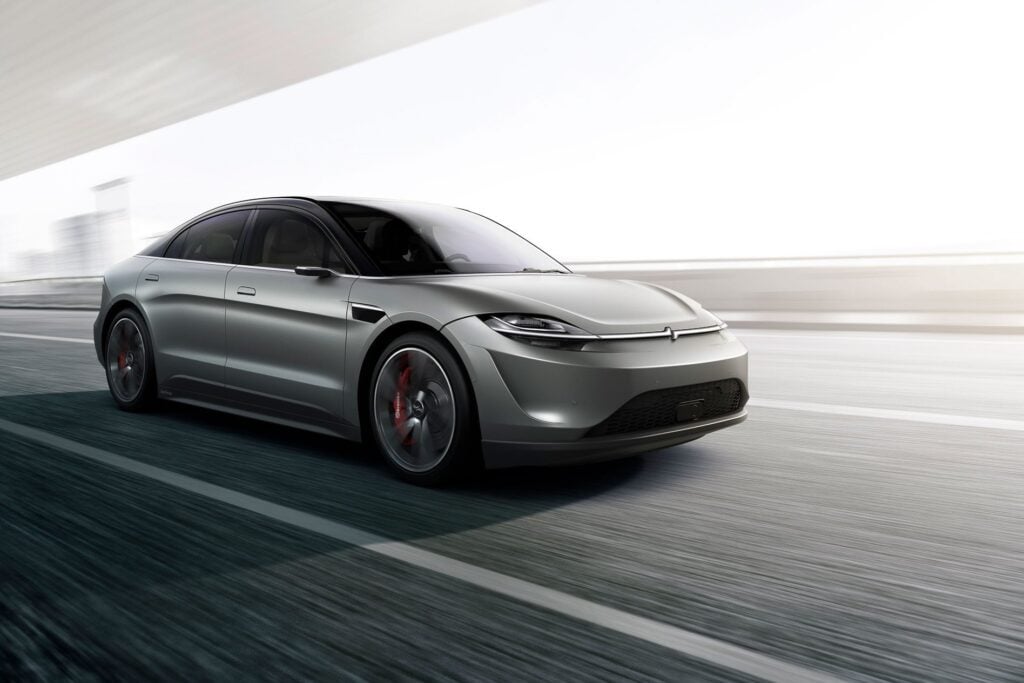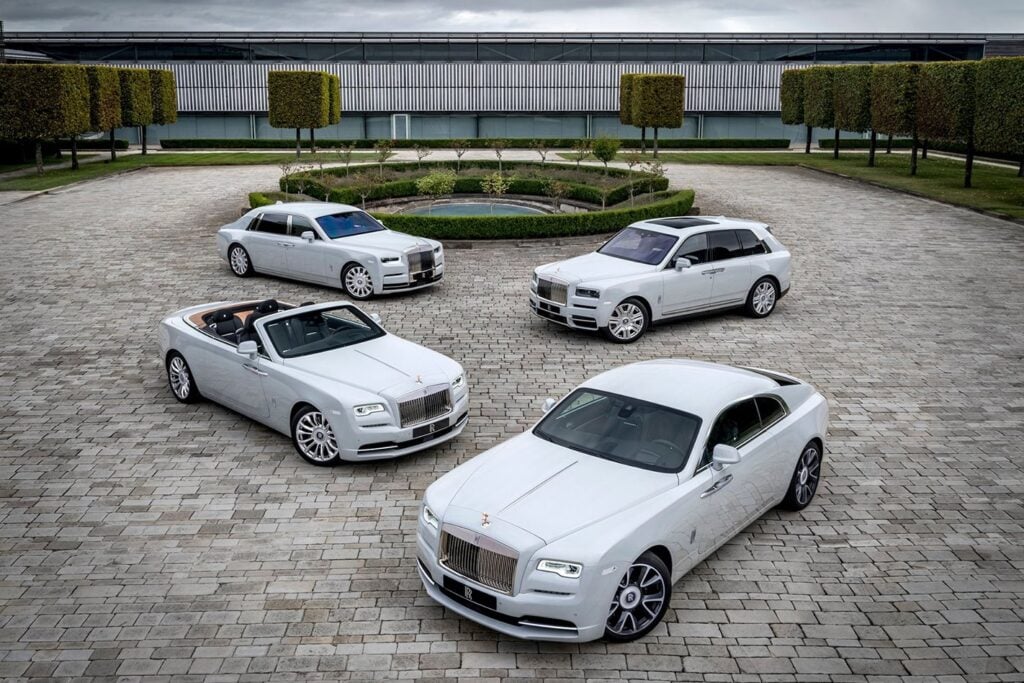
Unlike people, there aren’t that many offensive labels you can apply to a car. In the common tongue, if you want to suggest you dislike or look down upon a particular vehicle you can either call it a ‘hairdresser’s car’ or a ‘girl’s car’ (‘shitbox’ is another, less-savoury term).
It might perhaps reflect the inherent sexism of Car World, but to call something a man’s car is never seen as a slur. And there are plenty of virtually blokes-only vehicles out there, with some Maseratis and Aston Martins traditionally having a female-buyer profile of less than 10 per cent.
Nor are women forming an orderly queue outside HSV dealerships.
So is the idea of a girl’s car a bygone myth; supposedly describing any vehicle that’s pretty, cute, petite and/or painted in bright colours?
BMW spokeswoman Lenore Fletcher says the term is not one you’ll ever hear a car company using.
“No automotive maker will ever tell you ‘we sell girl’s cars’, because any men who were previously buying those vehicles will say, ‘I’m not driving that’,” she says.
BMW makes the Mini, which has a smiley face and so many style options that it’s often described as a total girl’s car, but Fletcher says the truth is far from it.
“The Mini actually started out as a real enthusiasts’ car, so it had a real male bent in its sales, but it has grown to appeal to both sexes – being such a versatile, city car – and it’s now pretty well a straight 50-50 split between male and female, across the range,” she says.
The sportily focused German brand does make boy’s cars, though; like the storming M3, which is bought predominantly by men – more than 90 per cent, in fact.
So, in a world where we’re constantly told that women make or heavily influence more than 80 per cent of car-purchasing decisions, why aren’t the roads entirely awash with Mazda2s?
Mazda is the perfect example of how gender influences the choice of car, because when you look at its total sales, it’s a neat 50-50 split. It should also come as no surprise that its cars are equally loved by all Australians, because they sell like 10-cent hamburgers here.
Delve more closely, however, and you’ll see that some models are very popular with the ladies – the Mazda2 skews 70 per cent female – while others, like the BT-50 pick-up truck, are 90 per cent blokes.
Surprisingly, the family-friendly Mazda6 is mainly bought by men (70 per cent), but the car that possibly comes across most strongly as a female-friendly option, the MX-5 roadster, gets only 35 per cent of its sales from women. It is, despite its tiny proportions, largely a man’s pick.
There are more obvious examples of girl’s and boy’s cars. 80 per cent of the hugely adorable Fiat 500s sold in this country have women owners, while the Nissan GT-R, a car that looks like the four-wheeled equivalent of Darth Vader, has a 93 per cent bloke skew.
Nissan makes up for that with the tiddling Micra, which is available in a kind of rose-pink paint, and the possibly androgynous-looking Juke small SUV. Two thirds of both those models are snapped up by women.
The slightly unexpected result from the Japanese company’s figures is the Leaf, a little box of electric-powered silence and feel-good green radiance. It actually skews 72 per cent towards male buyers.
Perhaps more surprisingly, there are whole brands that are favoured by one sex over the other. Almost two thirds of all Audis, a marque synonymous with style and interior luxury, are bought by men (in the case of the pointedly beautiful Audi TT, the proportion of female owners climbs to 40 per cent).
The Fiat Chrysler group also makes up for its feminine 500 with the hulking Chrysler 300C, which is 80 per cent male owned.
Fiat Chrysler Australia’s Director of Product and Marketing, Zac Loo, says whether a car appeals to men or women is a decision made by the market.
“There are always going to be certain cars that are more popular with men or women, but that doesn’t necessarily mean cars are specifically marketed to either demographic,” he says.
“The key is to never restrict your marketing to who has purchased a particular vehicle in the past, or to who you think will buy it, but to focus on strong, brand-driven messaging, with customers deciding which model best suits their needs.”
Some cars, of course, simply wouldn’t exist if it weren’t for their appeal to women. While we might traditionally think of females being attracted to smaller cars, they actually tend to lean toward a city-friendly SUV.
But there are plenty of women who want to have fun as well, and a very good example of their tastes is the Hyundai Veloster. Some industry pundits have struggled with the very idea of this car’s existence. It seems designed to be sporty, yet it’s not particularly fast. It’s also deeply quirky, with its three-door shape.
So who is buying these Velosters, and in good numbers, too?
Women, as it turns out. A sizeable 63 per cent of all Velosters were bought by the fairer sex. For Hyundai, it’s virtually the same percentage who snap up the i20 and i30, with the numbers levelling out at 44 per cent women for the bigger i40.
The small SUV ix35 is the perfect example of where mainstream mums spend their money, though, with 60 per cent female buyers.
Women, it turns out, prefer Hyundais in general (only the Genesis, at 83 per cent male, is heavily blokey).
As always, it seems with the idea of girl’s cars, it’s wrong to make assumptions.
As BMW’s Lenore Fletcher points out: “Female buyers are a lot more performance-oriented than you might think.”



